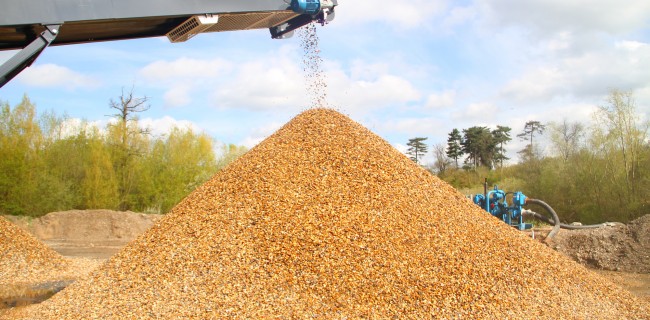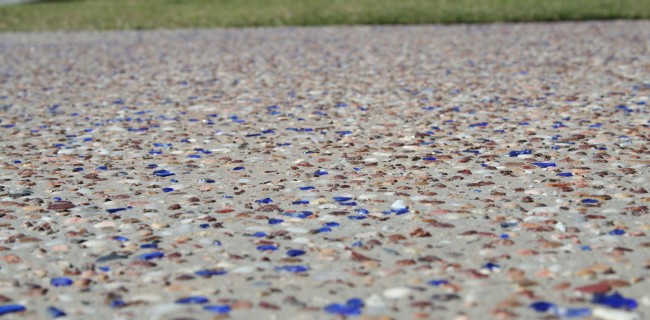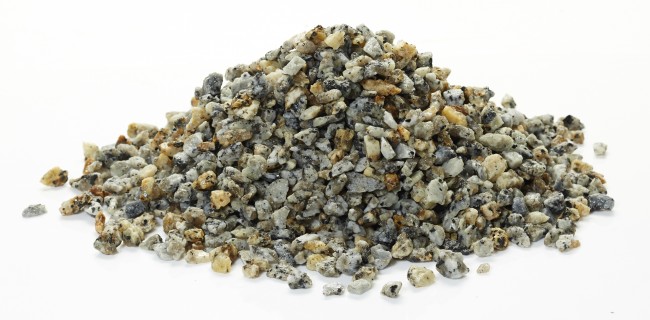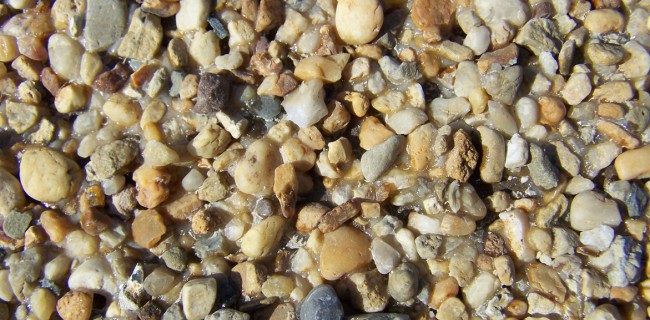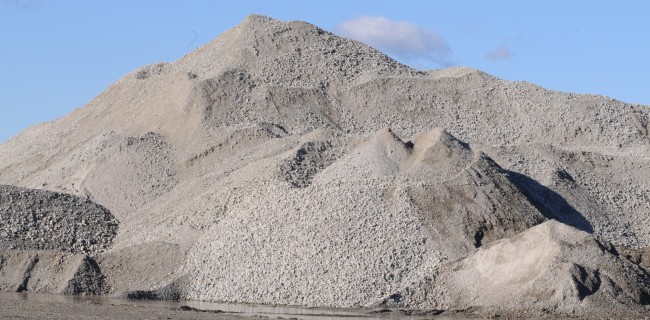Aggregates
Today, all over the world, including in Iran, types of river materials including Sand, Rubble and Fine Aggregates have been founded so many usages in human life, especially in construction and industrial activities and thousands of types of these materials are excavated and harvested daily from the bedding and sides of the rivers of the country. Different fields of uses can be a mention of the riverside material including the concrete production and almost 75% of concrete forms of sand. Todays, in the construction of buildings, dams, bridges, and roads are widely used concrete. In road construction also from substructure to the asphalt of the road surface, sand, known as main pillars of construction. In the construction of dams, filters, and industries such as glass, mosaics, etc. the sand is also widely used. River sand that has been exposed to continuous transmission in water are the desirable specific sources of material because of their weak and loose materials, they are removed by abrasion, and durable sand, rounded, and with proper granulation left behind. That's why these resources require less processing and on the other hand, it is ease of use and its proximity to the road and place of consumption, which eventually raises its economic value is one of the reasons that has led to its increasing use in mountainous conditions.
Sediment place of sand in river
After the rock particles were separated from the stone by weathering it is carried downstream by various factors by the most important of, which is water. Increasing of water quantity and flow velocity there is two important factors are considered to increase the carrying capacity of the river. Therefore, wherever the energy of the river decreases what else cannot be able to carry it over, the river will sediment them. In such situation, first the coarser particles and then gradually the thinner will be sediment. In the mountainous regions, the sedimentary of materials are low in volume and coarser and angular and in the end part of the river due to low energy of water it is mostly clay, therefore, usually the middle parts of the river contain the proper places of sand. Alluvials, the river bed in addition to the current riverside in the old branch of the river which is completely dry today and also can find in watercourses. In places where the river encounters to the natural or artificial lake and dams. Or can be searched at the junction of the main rivers to sub-river generally rich sources of sand. Cones are the most suitable place for river entrance from the mountain to the plain. Also, on the convex side of the internal arches, due to the low water velocity, sands sediment can easily be done.
The effects of the proper harvesting of sand from the rivers
Apply appropriate management to harvest sand from rivers it can have many positive effects on the river regeneration, which are referred below are the most important ones.
Sand harvesting from the inner arch of the river it makes the direction of flow is oriented towards the inner arch and prevent the arc from steep of crater. Meanwhile, the flood flow capacity has increased and lack of lateral movement and finally, we will have the stability of the bed.
Extraction of sand from small sedimentary islands which occurs mainly in arterial rivers or behind diversions finally, followed by the elimination of these islands, by doing this, we will reduce the roughness coefficient and increase the cross-section to increase the flow capacity of the flood.
Harvest from the location encounter of the sub-branch and main, it will prevent from being multi-branch the river. Harvesting materials from the upstream bridges and sometimes their craters are necessary to protect the bridges.
When managing harvesting the building materials in addition to taking care of how to harvest with the minimum changes in the river and its surroundings. We also need to consider suitable harvesting points in order to organize the river.
The negative effects of harvesting sand from the river
The harvesting unconventional and non-technical of building materials from the rivers which are the kind of manipulation in it and will cause so many negative effects. Depending on the volume and amount of harvest as well as the method, time and place of harvesting will appear in terms of hydraulic, morphological, environmental and economic. These changes are not limited to extraction and harvesting but also will appear miles upper or lower. The harvesting material of river created holes in the bed it causes the balance of river sediments which increased the carrying capacity of the river down the pit and provide the floor digging and this change undergoes changing parameters such as bed slope and depth of flow. In case of depth harvest be in such a way there will be a cascade of flow in the pit this erosion can be backward scrollable and threatens the upper side of the pit.
The river edge drilling also causes water deviation to this part and erosion of the river boundaries these changes will affect the bridges and built-up buildings over the river. Also, the harvesting sand cause suspends of sedimentary material in the river bed, which will create negative impacts effects on river aquatic.



